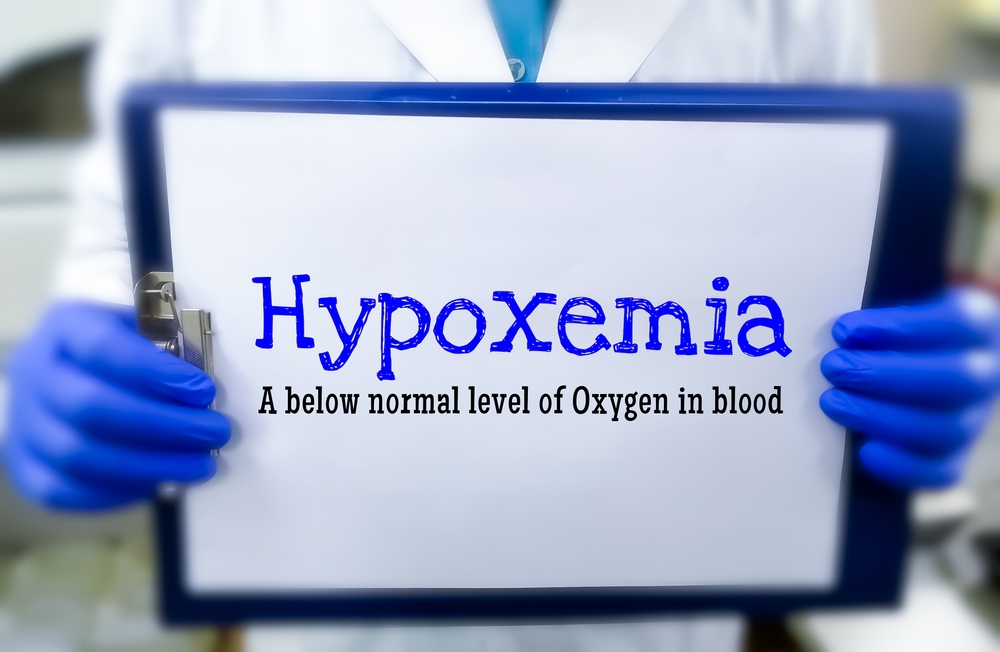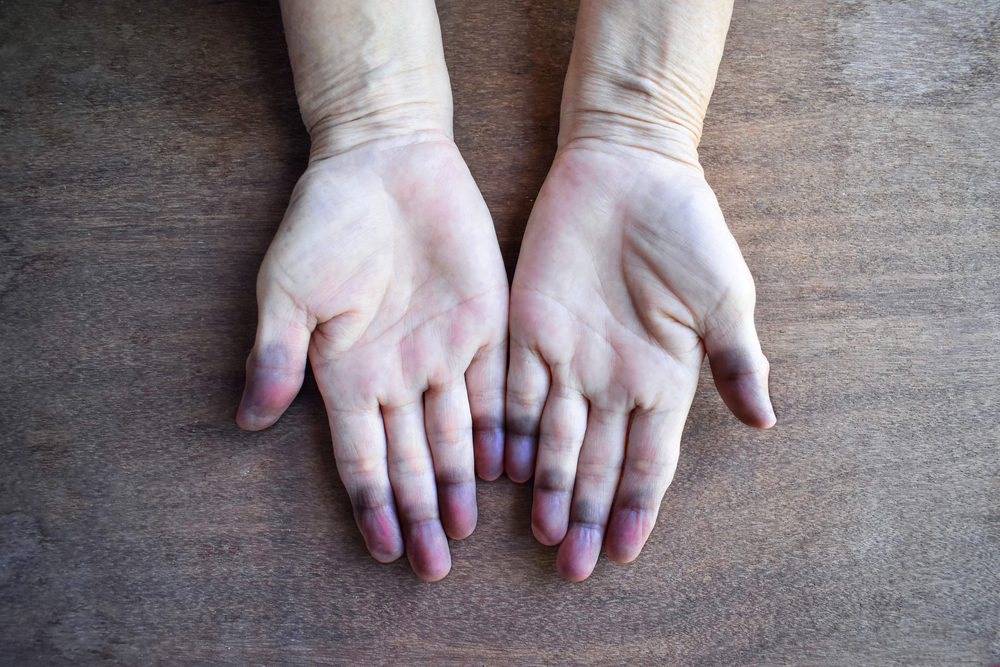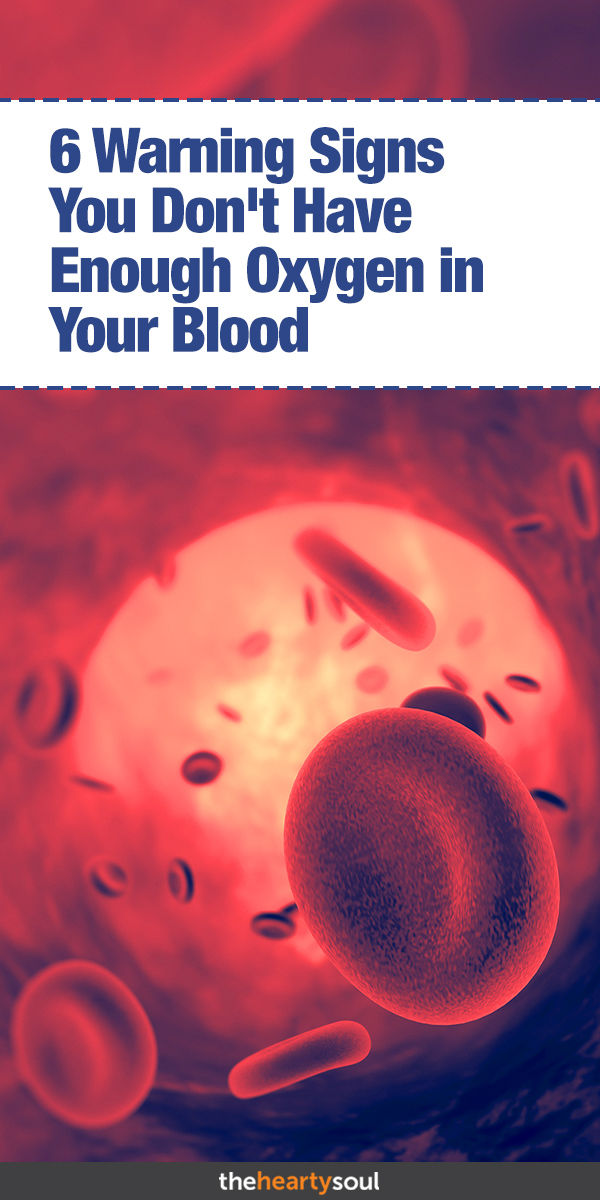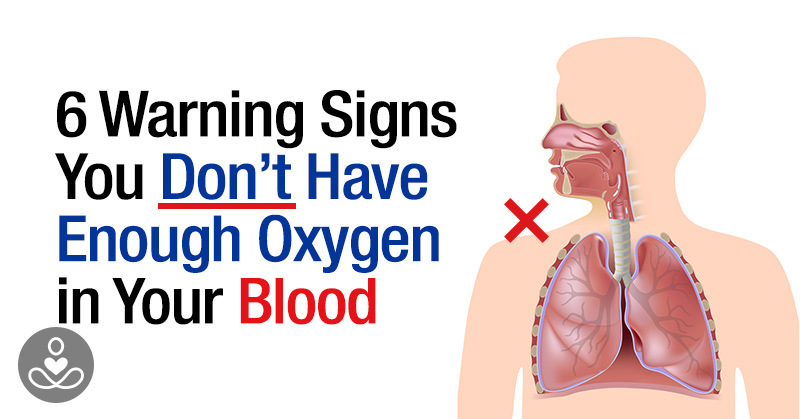Imagine you’re at the gas station filling up your car. The numbers on the pump are whizzing by, but it seems to take much longer than usual to top up the tank. That’s when you notice the leak. You’ve been wasting fuel and money and don’t have a full tank of gas to show for it!
Your body is that car, your respiratory and circulatory systems are the gas pump, and if you unknowingly suffer from a condition known as hypoxemia, you’ve been running on fumes without realizing it, and wasting precious energy all the while.
What is Hypoxemia?

Hypoxemia in simple terms means low blood oxygen levels. With your every breath, your body transports fresh oxygen in your bloodstream to cells all over your body so your tissues, muscles, and organs can be healthy and functional. However, people with hypoxemia don’t carry as much oxygen as they need in their bloodstream. Over time, this can cause unexplained fatigue and stress on your general health.
Daniel Murrell, MD explains: “Without the proper exchange of gases, your body can’t get the oxygen it needs. You’ll develop low blood oxygen levels, a condition called hypoxemia. When your body is low on oxygen, you feel tired. Fatigue comes more quickly when your lungs can’t properly inhale and exhale air.
This sets up an unpleasant cycle. When you’re left feeling lethargic because of a lack of oxygen, you’re less likely to engage in physical activity. Because you avoid activity, you lose your stamina and grow tired more easily. Eventually, you may find you’re unable to perform even basic daily tasks without feeling winded and fatigued.”
Read More: 20 Best Foods To Help Lower Blood Pressure Without Medication
What Causes Hypoxemia?

There are a number of potential causes for hypoxemia. Short-term causes often include visiting a high-altitude location, suffering from a bronchial infection, or taking a pain medication that leads to breathing complications. More long-term causes of hypoxemia include heart conditions and heart defects, asthma, emphysema, COPD, sleep apnea, pulmonary fibrosis, and lung tissue scarring.
What are the Symptoms of Hypoxemia?

Chronic fatigue on its own doesn’t necessarily mean you’re suffering from hypoxemia. But if coupled with any of these other symptoms, you should ask your medical care provider to check your blood oxygen levels:
- Headaches
- Shortness of breath
- Rapid heartbeat
- Coughing and wheezing
- Brain fog
- Blue discoloration of skin and nails
Read More: 6 Warning Signs You Don’t Have Enough Oxygen in Your Blood
How is Hypoxemia Diagnosed?

If low blood oxygen is suspected, your doctor can use a pulse oximetry sensor, which measures blood oxygen levels through your finger. This is a quick and 100% painless diagnostic tool that’s easy to request. Pulse oximeters are also inexpensive to purchase and keep at home, which many people who suffer from conditions like asthma, pneumonia, lung cancer, or chronic obstructive pulmonary disease (COPD), in fact do. Sometimes, secondary tests are also used such as measuring the oxygen levels of a blood sample and conducting a breathing test.
Reading a pulse oximeter:
- 95% – normal
- 92% – risk of hypoxemia
- 89% or less – unhealthy oxygen levels
Prevention and Treatment of Hypoxemia

You can help to reduce the likelihood of hypoxemia with a few healthy habits that promote increased oxygen levels in your blood:
- Gentle exercises like yoga and regular walking
- Deep breathing exercises
- Staying hydrated
- Not smoking
- Maintaining a well-balanced, nutritious diet
Both acute and chronic forms of hypoxemia can be damaging to your health, and in some cases fatal. Your doctor might prescribe you with an inhaler or oxygen therapy to help manage your condition.
Disclaimer: This information is not intended to be a substitute for professional medical advice, diagnosis, or treatment and is for information only. Always seek the advice of your physician or another qualified health provider with any questions about your medical condition and/or current medication. Do not disregard professional medical advice or delay seeking advice or treatment because of something you have read here.
Read More: This Controversial Start-Up Charges $8000 to Fill Your Veins With Young Blood

Sources
- “Hypoxemia.” Cleveland Clinic

